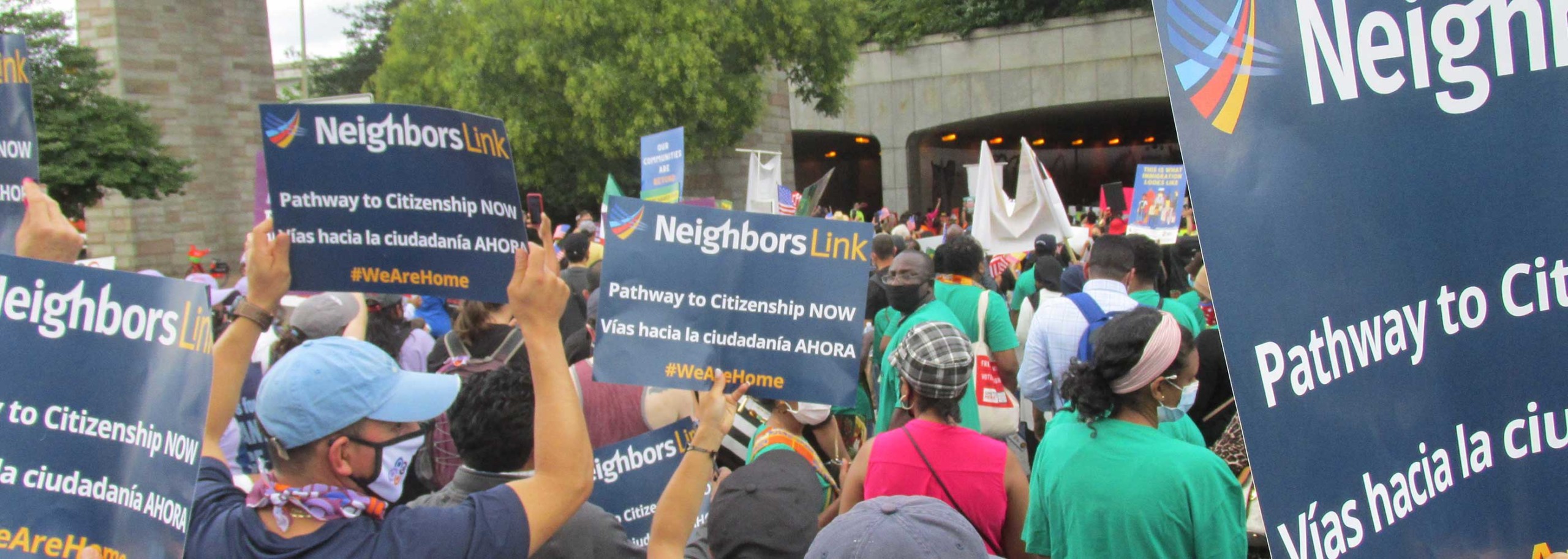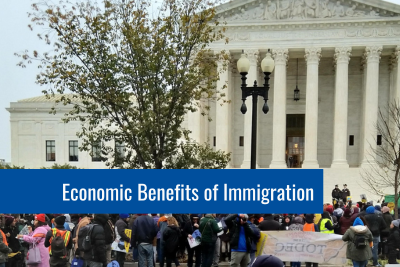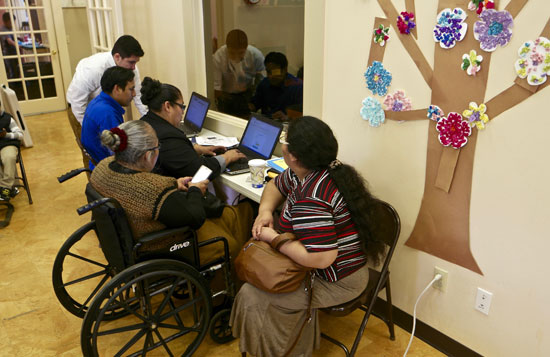News & Updates
Economic Benefits of Immigration
Immigration is good for the U.S. economy as a whole and the New York economy specifically. Immigration is key to filling workforce needs, creating new businesses, building up our tax base and fueling innovation. Read more about how immigrants benefit the economy.
Festival de Primavera
Join us for our Festival de Primavera on Thursday, May 30th at 6:30 pm!

Our Annual Impact – 2023 Numbers

9,200
Immigrants Served

1,879
Legal Cases

12,400
Volunteer Hours

1,500
English Language Learners
What We Do
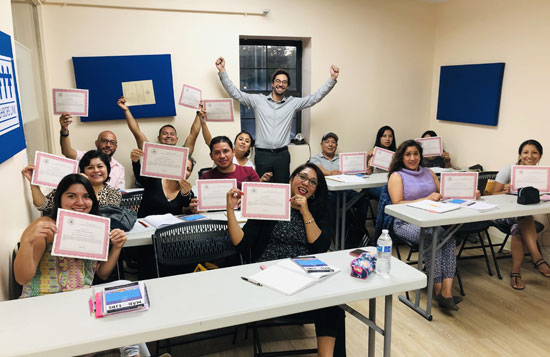
ESOL and Adult Education
At the core of our mission, education programs provide immigrants with essential tools for social inclusion and economic mobility.

Family Center
The Family Center empowers immigrant families with parent education programs, early childhood development and academic support for children and connections to related community resources.

Workforce Development
All workers deserve equal workplace rights and protections as well as opportunities to grow their skills.
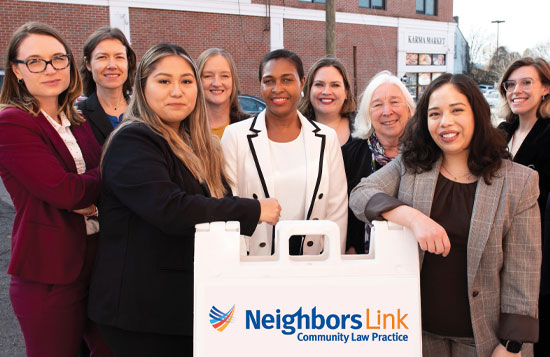
Community Law Practice
Providing a full array of immigration legal services, from citizenship applications to removal proceedings.
